FERTILIZE
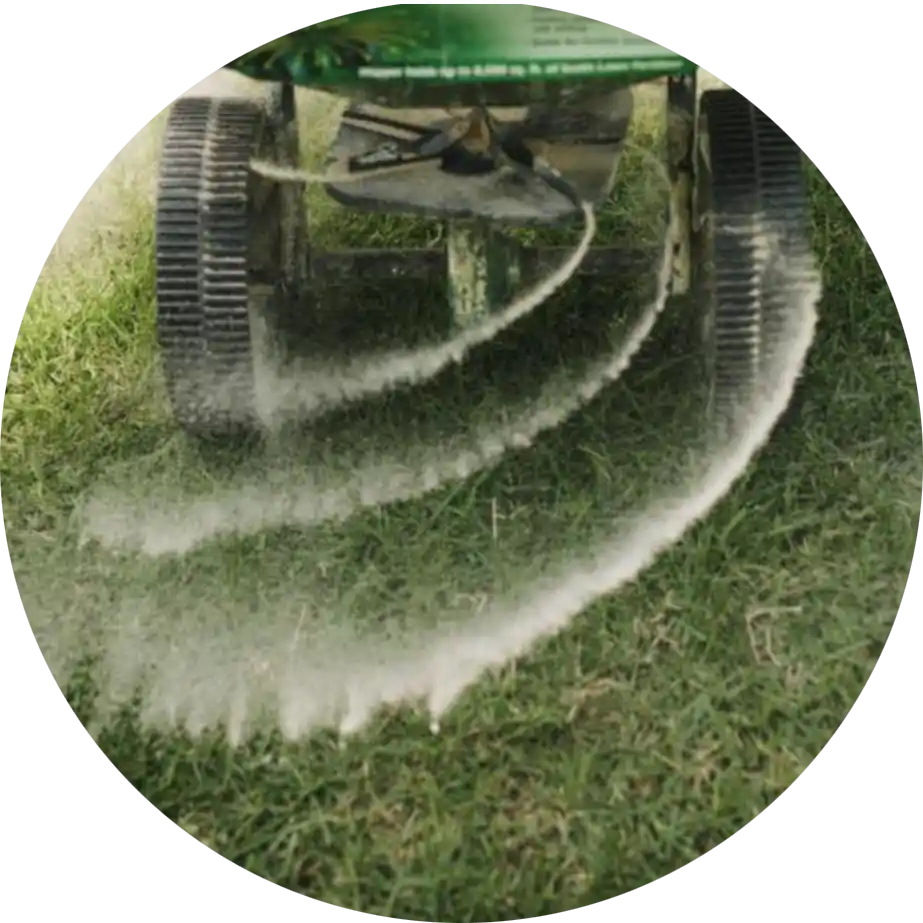
Fertilize lawns after the second mowing according to soil test results. Apply fertilizer to blooming trees or shrubs when blooms have faded according to soil test results.
WATER

Begin regular water schedule if spring rains have not arrived. Monitor new seedbeds and transplants and water them as needed.
PLANT
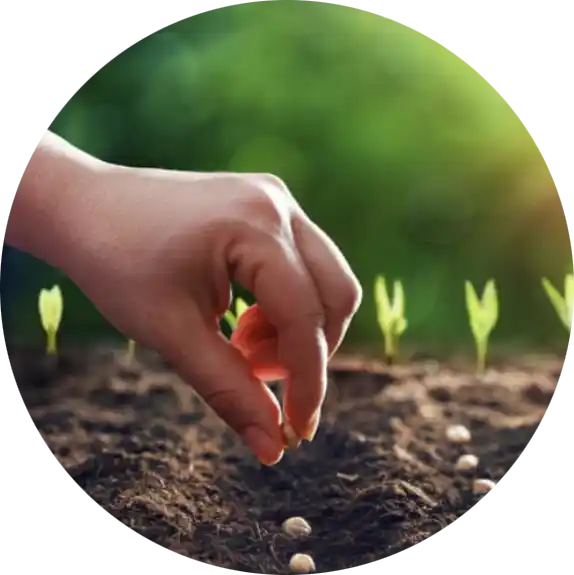
Seed remaining warm-season vegetables like okra, set out sweet potato slips late in the month. Plant warm season bulbs like caladiums and fall bloomers like oxblood lilies. Plant summer annuals and set out hanging baskets. Move container plants outdoors but monitor for late frost.
SOIL
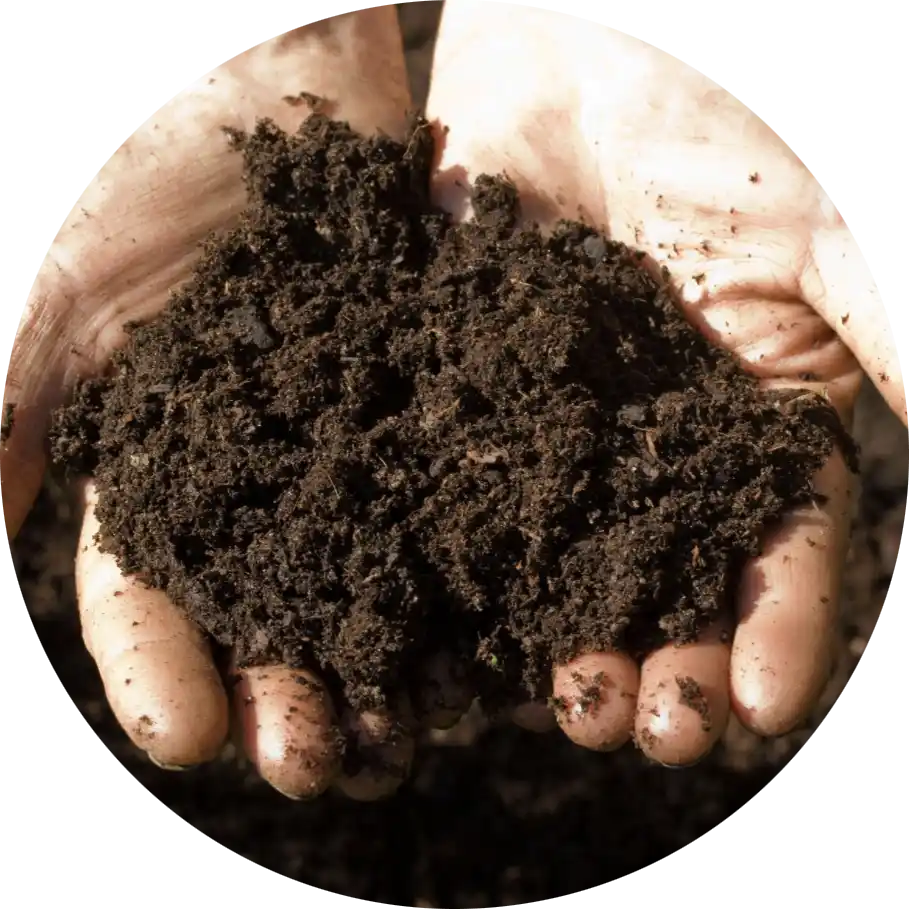
Mix in compost to the top layers of vegetable, flower, and ornamental beds. Apply a three to four inch layer of mulch to deter weeds, hold moisture and moderate soil temperature as summer approaches.
LAWNS
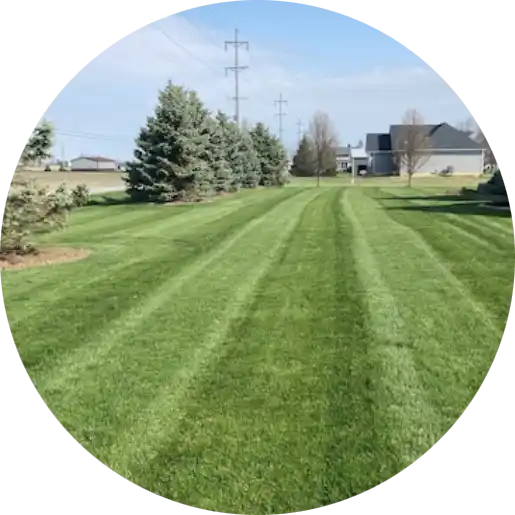
Plant turfgrass seed to cover bare patches or create new lawns. Begin regular lawn care.
DISEASE/PEST
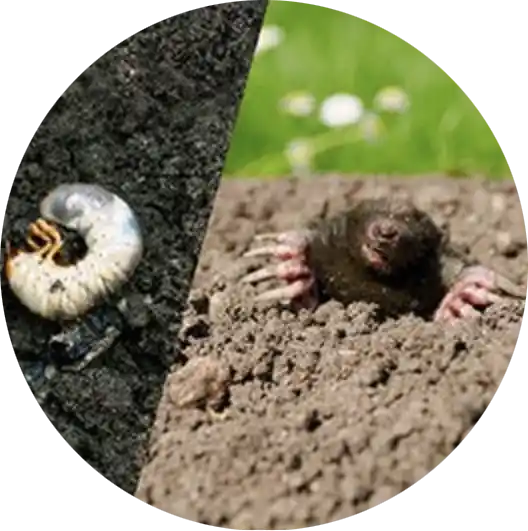
Harlequin bugs will appear on cole crops as the temperatures warm. Rather than spraying, pull up and compost the plants since they are at the end of their harvesting season. Caterpillars will be out in full force this month, many of whom become beautiful butterflies. Treat only those plants that are not larval hosts to our native pollinators. You can see a list of Austin butterfly plants here. Sooty mold, black spot, and powdery mildew may also start to appear. Consult the Grow Green FAQ sheets for least toxic solutions. Aphids, white flies, and spider mites may also start to appear in greater numbers. Control them with regular water blasts to the undersides of leaves. Watch out for fire ants, they become more active after a rain.
MAINTENANCE
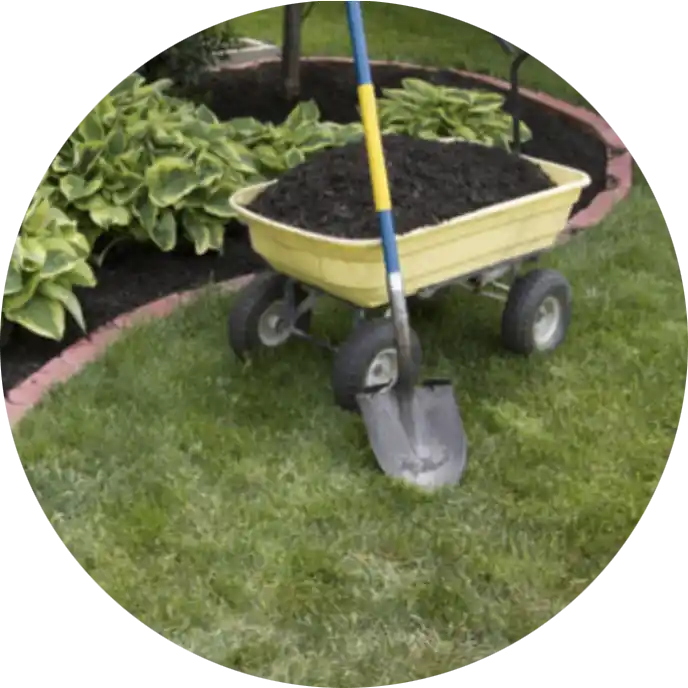
Spring bulbs will rapidly fade in the heat. Allow their foliage to completely die before lifting or cutting back. Be sure to leave grass clippings on the lawn to maintain soil organic matter. Cut back leggy herbs and perennials, deadhead flowers. Prune flowering trees, shrubs, and roses when they have completed blooming. Keep up with weeding and don’t let them go to seed. Reducing the seed bank at this time will help control weeds for the rest of the year.
GARDEN
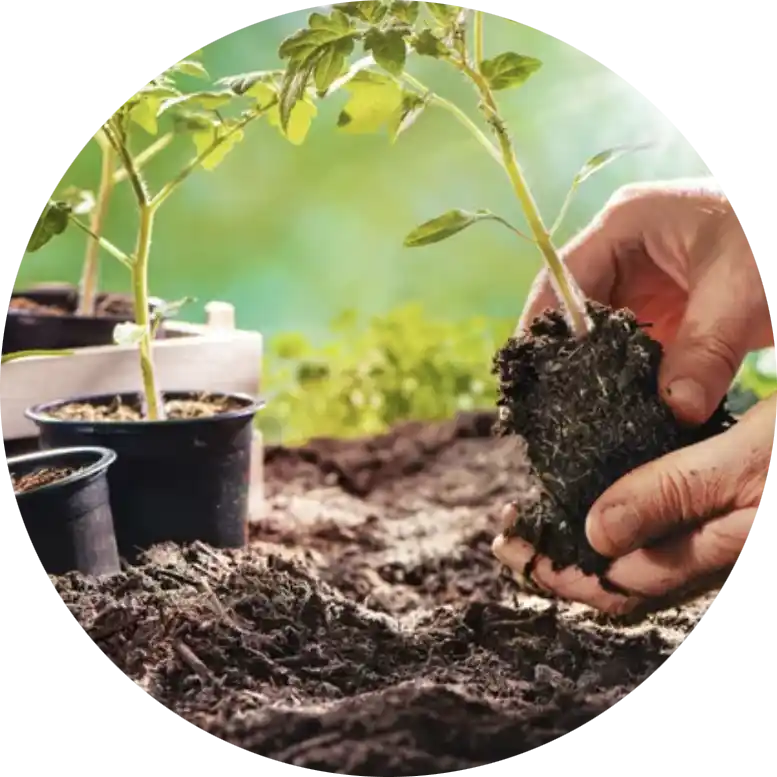
You can still plant eggplant and pepper transplants this month. Extend your bush bean harvests by planting a short row of seeds a week or two apart. Fertilize corn when it is one to two feet tall, and hill some soil around the corn stalk base to help anchor them. Harvest the last of your winter vegetables so that you can transition into warm-season plants. Sweet potatoes can be planted any time in April of May. Look for slips at local nurseries, from online sources, or sprout your own. Fertilize tomatoes with a water-soluble fertilizer every 2-3 weeks to encourage vigorous growth.
TREECARE
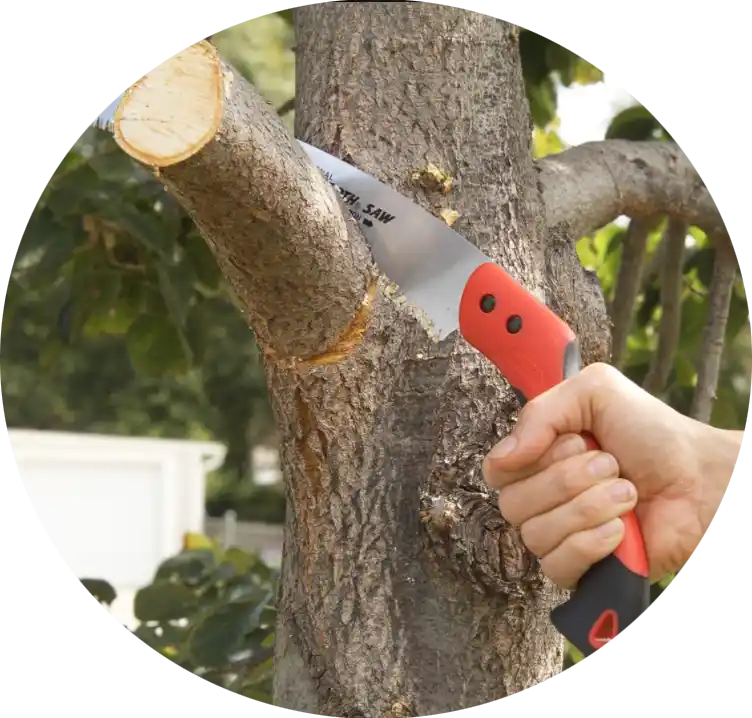
What you can do:
- Plan and prepare for your spring tree planting. Nurseries have lots of fresh plant material now. Consider mulching to retain moisture and inhibit weed growth.
- Periods of rainfall can vary. Be attuned to weather changes and water new and established trees and shrubs accordingly if rainfall is inadequate.
- Pay close attention to dead or hazardous trees.
Consider requesting a professional to:
- Continue proper pruning practices.
- Remove dead or hazardous trees.
- Prune and shape hedges after new growth has appeared.
- Schedule for early plant health care program to help manage damaging insects and diseases.
- Plant new trees once the ground has thawed.
- Continue spring fertilization program.
- Oak wilt inspection.

